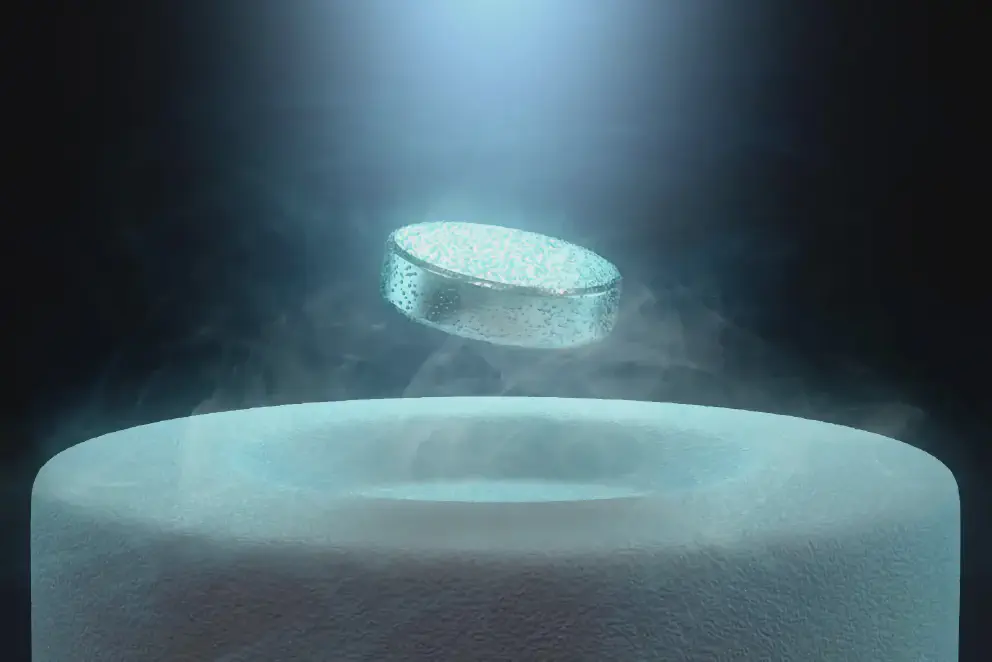Sometime in late July 2023, three South Korean scientists released a paper that claimed that they had created a material that is a superconductor at room temperature and at ambient pressure. Of course, such extraordinary claims require extraordinary proof, which shows a series of videos that shows the material levitates and some graph showing nearly zero resistance at room temperature.
Of course, if this is true, experts are claiming that it will bring a new scientific and engineering revolution that will usher in a new technological age. If the claims in the scientific paper are true and are easily replicated, then they might, but superconductors itself is not new, and believe it or not, we have used them in our daily lives.
Background: Superconductor concepts and history
In layman’s terms, a superconductor is a material that has zero electrical resistance. Another feature of a superconductor is that it completely repeals magnetic fields, making it float in the presence of a magnet. Furthermore, a charge in a superconductor, theoretically will be in there forever, so they can make pretty good batteries.
Superconductors were first discovered around 1911 by Heike Kamerlingh Onnes, who was studying the resistance of solid mercury at cryogenic temperatures using the recently produced liquid helium as a refrigerant. And afterward, the study of superconductivity ebbs and wanes as roadblocks and breakthroughs are discovered over time.
The real breakthrough is when we can synthesize superconductors that work at liquid nitrogen. This is because you need liquid hydrogen to work, which is expensive and flammable. Liquid nitrogen is readily available and costs as much as milk, so other than keeping things insulated, you can use superconductors today.
Some history about superconductorsHow We Use Superconductor Today
Here are some examples of superconductor use in devices today:-
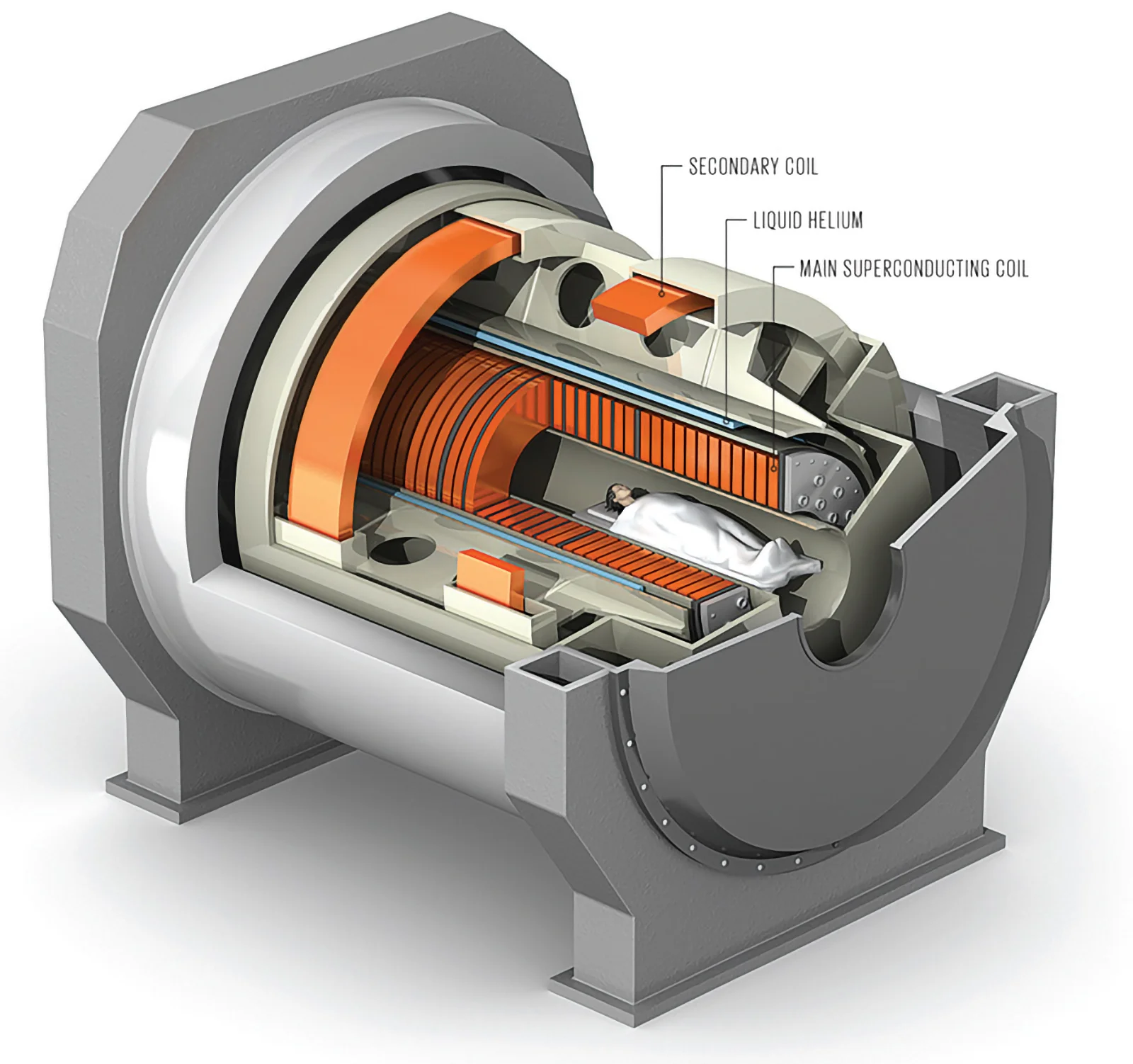
- MRI Machine: Magnetic Resonance Imaging is a technology that uses powerful magnets to make images of your internals without cutting your body open. Superconductors are used to make those powerful magnets so the MRI machine can be smaller, more efficient and the cavity can be bigger.

Parts of a future quantum computer uses superconductors wires. - Quantum Computers: It is said that the next stage of computing is quantum where we exploit the quantum state of atoms to make a signal that is valuable to use. Superconductors are used to build the internal circuits to make quantum computers possible.
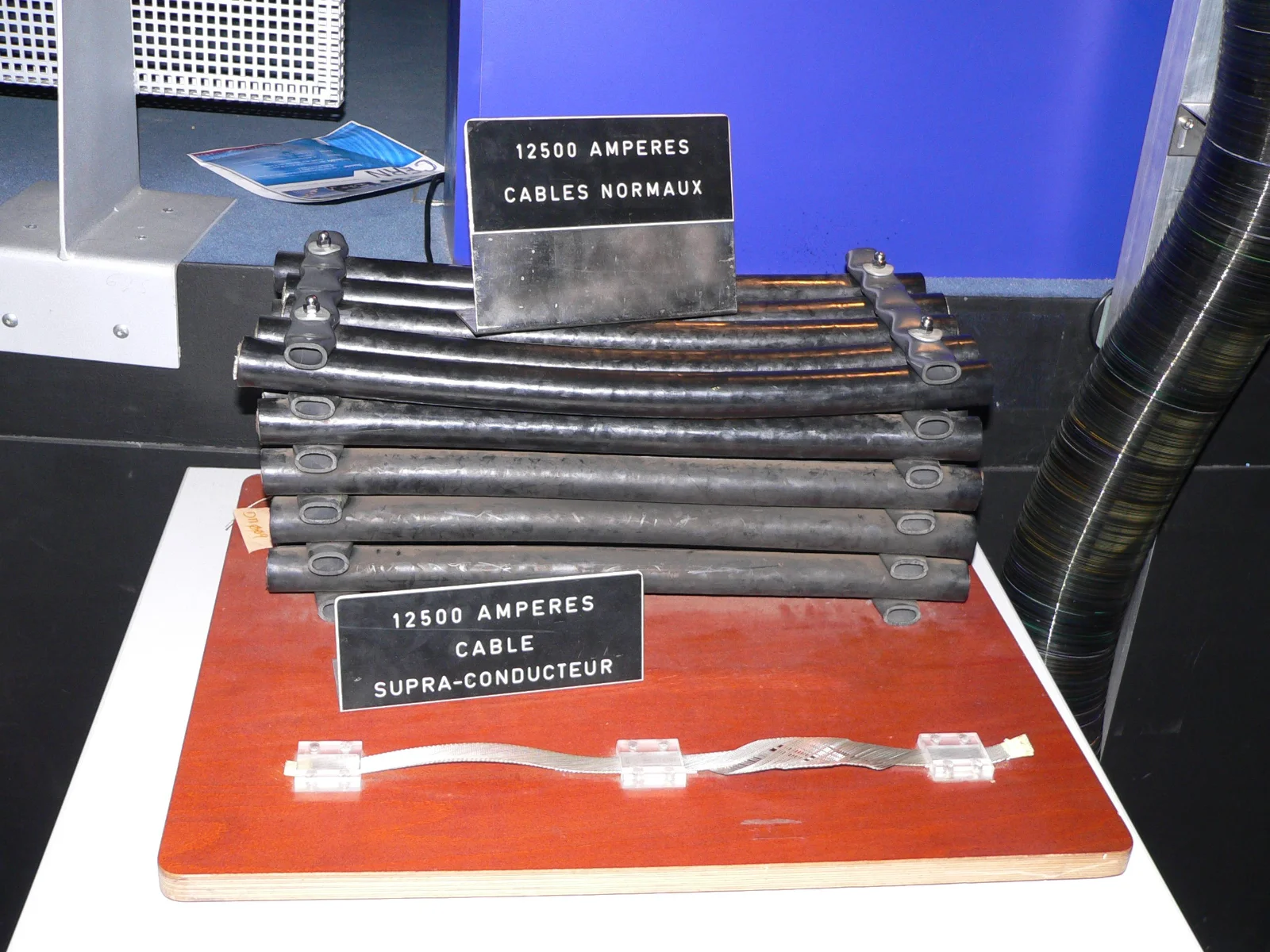
At CERN, superconducting transmission wire significantly reduce the size of the transmission wires - Electrical Transmission: With normal conductors like copper, energy is wasted through heat because of the natural resistance in those materials. With superconductors, which have zero resistance, there is no wasted energy in transmission loss which means smaller wires, and longer distances that electricity can be transported.
- Particle Collider: A particle collider uses powerful magnets that are generated by superconductors which speed up particles of atoms to near the speed of light and eventually collide them.

A tokamak nuclear fusion device uses superconducting magnets to contain the hot plasma - Fusion Reactor: In a tokamak fusion, burning plasma that is electrically charged is contained and squished together using magnetic fields. Those powerful magnetic fields are generated using superconductors. The world’s largest tokamak fusion reactor, the ITER uses superconductors to create their 51 Gigajoules magnetic field.
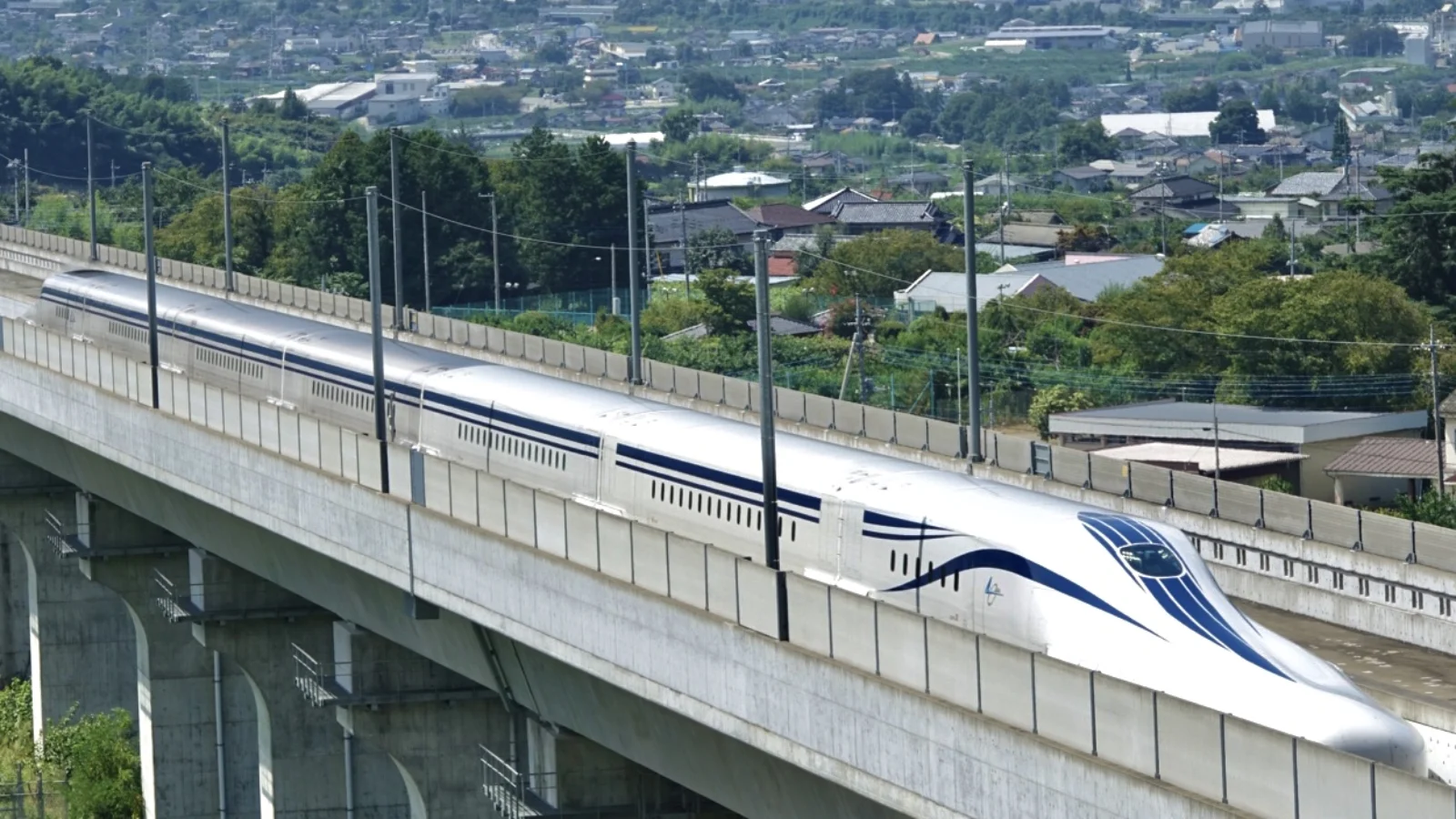
Japan's L0 series Shinkansen train sets use superconducting magnets to levitate and move the train to over 500km/h - Maglev: Magnetic Levitation is a new kind of train that uses magnets to levitate a train and provide locomotion. The result is trains that effortlessly go over 500km/h, approaching aircraft speed with almost no resistance. The new Japanese maglev line which connects Tokyo and Nagoya and eventually Osaka uses superconductors to create magnetic fields to allow the train to levitate.
Why People Are Excited About Room Temperature Superconductor
So now, there are news (and scandals) about discovering room-temperature superconductors. And it has the general public going excited. Why are we excited about room-temperature superconductors? Well, for starters, it will open the gates of the next revolution in magnets, electronics, and possibly society.
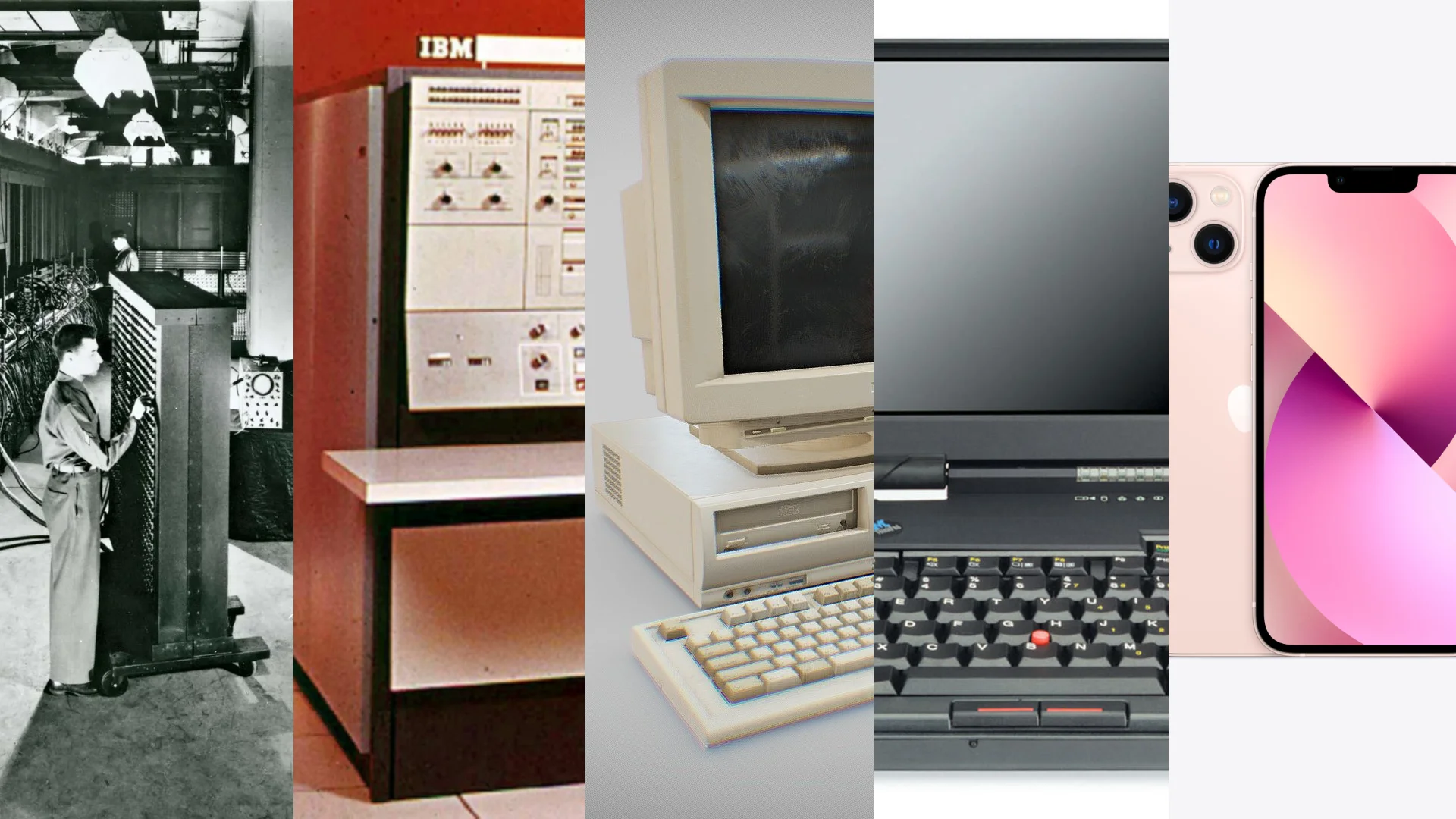
Remember that computers were available back in the 1940s, but back then it was to calculate shell trajectory. Later when computers are faster and cheaper, companies use them to track sales and payroll. Now, we get our news and computers are the medium to change public opinion.
With room-temperature superconductors, it brings out the cost of marvelous technology today like Maglev, batteries, and quantum computers and possibly unlocks new technologies that weren’t possible before.
Plug
Support this free website by visiting my Amazon affiliate links. Any purchase you make will give me a cut without any extra cost to you
| Base | Pro | |
|---|---|---|
| iPhones | iPhone 15 / iPhone 15 Plus (Renewed) - (Amazon) | iPhone 15 Pro / iPhone 15 Pro Max (Renewed) - (Amazon) |
| Watch | Apple Watch SE (Amazon) / Apple Watch Series 9 (Amazon) | Apple Watch Ultra 2 (Amazon) |
| AirPods | AirPods 3 (Amazon) | AirPods Pro 2 (Amazon) / AirPods Max (Amazon) |
| iPad | iPad 10 (Amazon) / iPad Mini (Amazon) | iPad Air M2 (Amazon) / iPad Pro M4 (Amazon) |
| Laptops | MacBook Air M3 (Amazon) | MacBook Pro M3 (Amazon) / MacBook Pro M3 Pro/Max (Amazon) |
| Desktop | Mac Mini (Amazon) / iMac (Amazon) | Mac Studio / Mac Pro |
| Displays | Studio Display (Amazon) | Pro Display XDR (Amazon) |
Other Ecosystem Items
